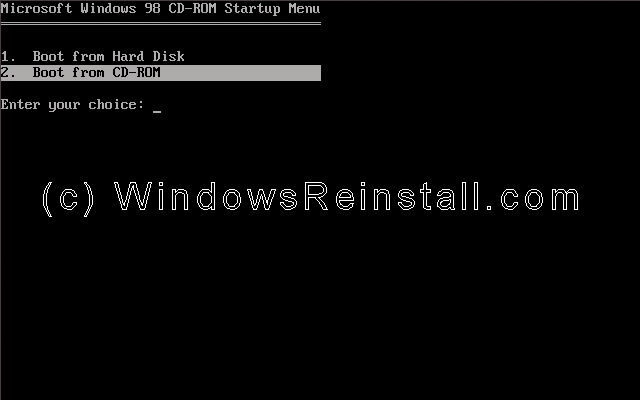

VMM32.VXD - Virtual machine manager and default drivers.Virtual Machine Manager and configuration manager: WIN.INI and SYSTEM.INI - configuration files from Windows 3.1, processed in Windows 9x also.MSDOS.SYS - contains some low-level boot settings and resources such as disabling double-buffering and the GUI logo.SYSTEM.DAT, USER.DAT - contains the Windows Registry.WIN.COM - responsible for loading the GUI and the Windows portion of the system.MSGSRV32.EXE Acts as a 32-bit message server and will never appear in the Windows task list.DDEML.DLL Dynamic Data Exchange Management Library (DDEML) provides an interface that simplifies the task of adding DDE capability to an application.COMMCTRL.DLL and COMCT元2.DLL - Common controls (user interface).USER32.DLL and USER.EXE - GUI implementation.GDI32.DLL and GDI.EXE - Graphic device interface.Includes functions for the Windows registry and shutdown and restart functions ADVAPI32.DLL Functionality additional to the kernel.KERNE元2.DLL and KRN元86.EXE – Windows API for Windows resources.COMMAND.COM – command line shell executable.

EXPLORER.EXE – Windows shell and file manager.Windows 95 boots using the following set of files: ģ2-bit shell and command line interpreter: As a 16-/32-bit hybrid, it requires support from MS-DOS to operate. The basic code is similar in function to MS-DOS. The Windows 9x series of operating systems refers to the kernel which lies at the heart of Windows 9x. ( Learn how and when to remove this template message) JSTOR ( January 2018) ( Learn how and when to remove this template message).Unsourced material may be challenged and removed.įind sources: "Architecture of Windows 9x" – news Please help improve this article by adding citations to reliable sources. This article needs additional citations for verification.


 0 kommentar(er)
0 kommentar(er)
